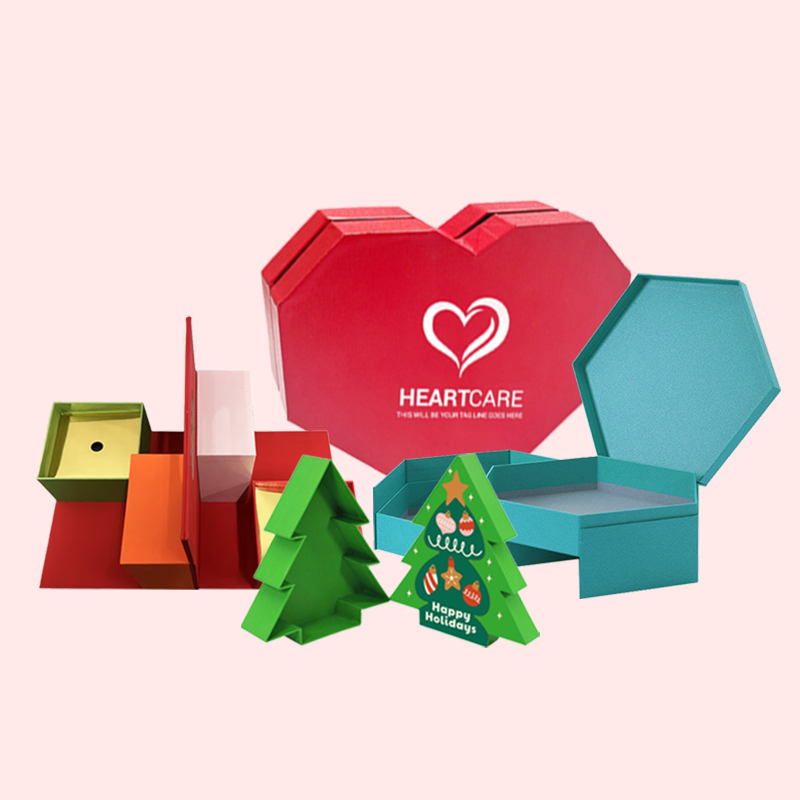Ordering custom packaging feels complex, with many chances for error. A small mistake can lead to delays and budget issues. This checklist will guide you through the process smoothly.
To order custom printed packaging without mistakes, you must follow a complete checklist. This involves clarifying your structural and graphic design, confirming material specifications, verifying all dimensions, meticulously proofing artwork before printing, and setting a clear production and delivery timeline with your supplier.
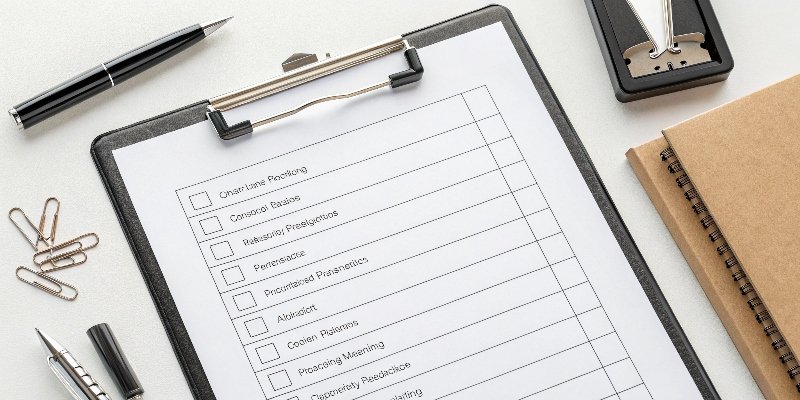
This checklist is your map to success. But using a map is easier when you know why the destination is important. Before we get into the step-by-step details of ordering, we need to understand the true value of custom packaging1. Knowing the 'why' makes the 'how' much more meaningful and reinforces the importance of getting every detail right. Let's start by exploring why customizing is not just an option, but a necessity.
Why is customizing packaging necessary?
Your product is unique, but it might get lost on a crowded shelf. Using a standard box makes your product look generic. Custom packaging helps your brand stand out.
Customizing your packaging is necessary because it builds a unique brand identity2 that grabs attention. It also provides the best protection for your specific product and creates a memorable unboxing experience3. It turns a simple container into a powerful and direct marketing tool.
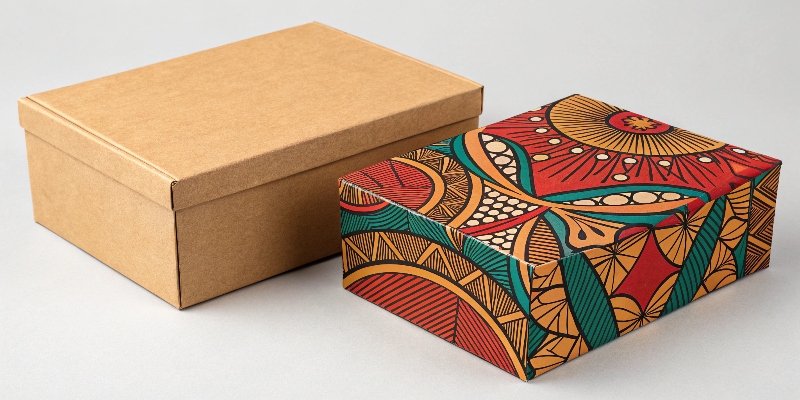
More Than a Box: Building Your Brand Identity
Your packaging is often the first physical touchpoint a customer has with your brand. It's your first chance to make a great impression. A generic box says very little, but a custom box starts telling your brand's story before it's even opened. It communicates your brand's personality, whether it's luxurious, fun, or eco-friendly. I remember working with a small company that sold high-quality handmade soaps. They were using plain brown boxes. We designed a simple but elegant box with their logo embossed and a custom-printed sleeve that told their story. Their retail partners gave them better shelf space, and their sales increased because the packaging finally matched the quality of the product inside. It's about aligning the outside with the great product on the inside.
The Perfect Fit: Protecting Your Product
Standard boxes are made for general use. They rarely fit your product perfectly. This often means you need to use extra void fill like bubble wrap or packing peanuts, which adds cost and waste. An improper fit also increases the risk of damage during shipping. Custom packaging is engineered to the exact dimensions of your product. We can design custom inserts that hold your product securely in place. This superior protection means fewer returns, fewer customer complaints4, and a better overall experience. For fragile items, this a non-negotiable. Proper protection is not an expense; it's an investment in quality control and customer satisfaction.
Is custom packaging1 worth it?
Custom packaging clearly has a higher upfront cost than standard boxes. This cost can seem large, making you wonder if it is a good investment. Let’s look at the real value.
Yes, custom packaging1 is absolutely worth it. The initial cost is higher, but it increases the perceived value of your product, reduces damage, and builds brand loyalty. These benefits often result in more sales and repeat business, giving you a strong return on your investment.
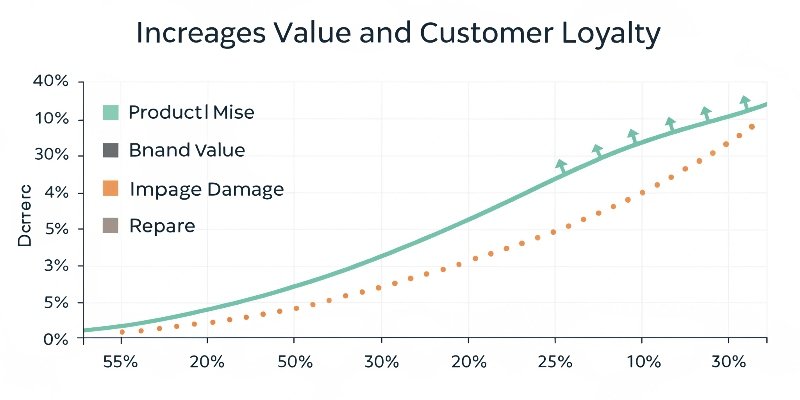
Analyzing the Return on Investment (ROI)
It's easy to see stock packaging as a simple cost and custom packaging1 as a major expense. But that view is too simple. The real question is about value. Custom packaging is an investment that pays you back in several ways. A product in beautiful, sturdy, custom packaging1 feels more valuable. Customers are often willing to pay a higher price for a product that is presented well. It signals quality and care. A great unboxing experience3 also makes customers happy. This happiness leads to positive reviews and repeat purchases. A customer who loves your packaging is more likely to become a loyal fan of your brand. Over my 16 years in this industry, I have seen this happen again and again. Brands that invest in their packaging see a direct impact on their bottom line.
Here’s a simple table to compare the two options:
| Feature | Stock Packaging | Custom Packaging |
|---|---|---|
| Brand Impression | Generic and forgettable | Professional and memorable |
| Product Fit | Often poor, needs fillers | A perfect, secure fit |
| Damage Rate | Higher risk of damage | Significantly lower risk |
| Customer Experience | Basic and functional | Elevated and shareable |
| Long-Term Value | Just a cost | An investment in brand equity |
What are the important four considerations in packaging design5?
You have a great idea for your packaging, but many things can go wrong. If you miss one key area, you might create a design that is too expensive or impractical. I will show you the four key considerations.
The four most important considerations in packaging design5 are the product itself, including its size and fragility6; your target audience and brand identity2; your budget and material choices; and the logistics of shipping7 and storage. Balancing these four is key to a successful project.
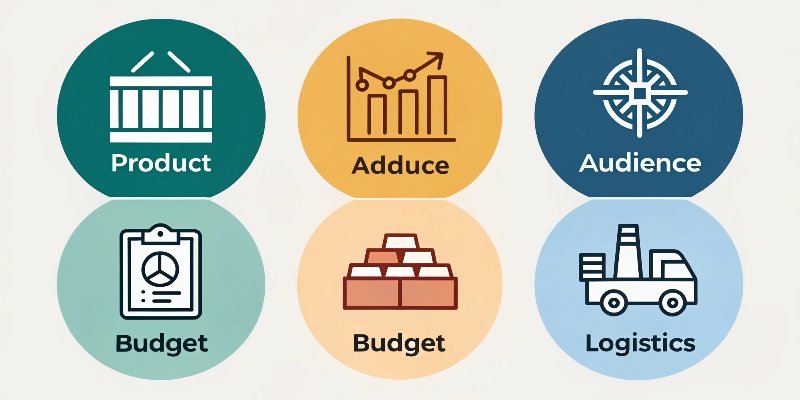
1. Product Specifications and Protection
The first step is always the product. You must know its exact dimensions, weight, and fragility6. Is it a solid item, a liquid, or a set of multiple parts? This information determines the entire structural design. You cannot design a box without knowing what it needs to hold and protect. I once had a client who gave us dimensions but forgot to mention their product was very heavy for its size. The initial prototype we made was too flimsy. We had to switch to a much stronger corrugated board, which changed the project timeline and budget. Always start with a complete and accurate understanding of your product's physical needs.
2. Audience and Brand Alignment
Who are you trying to sell to? What do they care about? A design that appeals to teenagers will be very different from one that appeals to luxury car owners. If your target audience values sustainability8, you should consider using recycled materials and eco-friendly inks. At the same time, the design must reflect your brand. What are your brand colors, fonts, and overall personality? The packaging must feel like it comes from you. This alignment ensures your packaging connects with the right people and strengthens your brand image.
3. Budget and Material Selection
Your budget is a critical factor that influences every other decision. How much can you afford to spend on each box? This will determine the materials you can use, the printing methods, and any special finishes9. For example, a rigid box is more expensive than a folding carton. Offset printing is more cost-effective for large runs, while digital printing might be better for smaller quantities. Special finishes like foil stamping or embossing add cost, but they also add a premium feel. You must find the right balance between creating an amazing design and staying within your budget.
4. Logistics and the Unboxing Experience
Finally, you have to think about the journey of the package. How will it be shipped to you? How will you store it? How will it be transported to your customers? The packaging must be durable enough to survive this entire process. You should also consider how it will be displayed, whether on a retail shelf or in an e-commerce photo. And don't forget the customer's experience. How easy is it to open? Is it a frustrating experience or a delightful one? A well-designed unboxing experience3 can be a powerful marketing moment that people remember and share.
Why is custom packaging1 so expensive?
You receive a quote for custom packaging1 and the price seems very high. It's frustrating when the cost makes you think about using a cheaper option. Let's look at the factors that add to the cost.
Custom packaging is more expensive because of costs that don't apply to stock boxes. These include unique tooling like cutting dies10, smaller production runs, premium materials11 and finishes, and the skilled labor for design and setup12. Every element is made specifically for your project.
[^1] order.](http://gifts-pack.com/wp-content/uploads/2025/07/custom-packaging-is-more-expensive-bec.jpg)
Deconstructing the Costs
Understanding where the money goes can help clarify the price. Custom packaging isn't just a box; it's a custom-manufactured product. The cost comes from several key areas. First, there are setup and tooling fees. To create a unique box shape, we have to make a custom cutting die. To print your design, we have to create printing plates. These are one-time costs, but for a small order, they can significantly increase the price per box. Second, material costs vary widely. A thick, rigid board with a linen texture will cost much more than a standard folding carton board. Third, print volume plays a huge role. The cost to set up the printing press is the same whether you print 500 boxes or 5,000. That setup cost is divided by the number of boxes, so a larger order has a much lower per-unit cost. Finally, labor for design, machine operation, and assembly adds to the total. Complex designs that require hand-gluing or special assembly take more time and skill.
Here is a table showing the main cost components:
| Cost Component | Description | Impact on Price |
|---|---|---|
| Design & Prototyping | The work of creating the structural and graphic files. | A fixed, one-time cost for the project. |
| Tooling (Dies/Plates) | Custom tools made to cut and print your specific box. | A one-time fee with a high impact on small orders. |
| Material Quality | The type, thickness, and finish of the paper or board. | Varies greatly; specialty materials cost much more. |
| Printing & Finishes | The number of colors and any special effects like foil. | Every additional process adds cost to each box. |
| Labor & Assembly | Machine setup, quality checks, and any manual work. | Higher for complex designs13 or small quantities. |
Conclusion
Following a complete checklist and understanding the value behind custom packaging1 is key. This knowledge turns packaging from a simple cost into a powerful investment for building your brand.
-
Explore the advantages of custom packaging to understand how it can enhance your brand's visibility and customer experience. ↩ ↩ ↩ ↩ ↩ ↩ ↩ ↩
-
Learn how effective packaging can shape and communicate your brand identity to customers. ↩ ↩
-
Discover the elements that contribute to a memorable unboxing experience that delights customers. ↩ ↩ ↩
-
Explore how well-designed packaging can minimize customer complaints and enhance satisfaction. ↩
-
Discover the essential elements that make packaging design effective and appealing. ↩ ↩
-
Learn how the fragility of a product impacts the design and materials used in packaging. ↩ ↩
-
Understand the logistics of shipping to ensure your custom packaging arrives safely. ↩
-
Explore sustainable packaging options that can appeal to eco-conscious consumers. ↩
-
Learn about the advantages of using special finishes to elevate your packaging design. ↩
-
Understand the role of cutting dies in creating unique packaging shapes and designs. ↩
-
Learn about premium materials that can enhance the quality and appeal of your packaging. ↩
-
Get insights into the design and setup process for creating custom packaging. ↩
-
Discover the challenges and considerations when creating complex packaging designs. ↩


